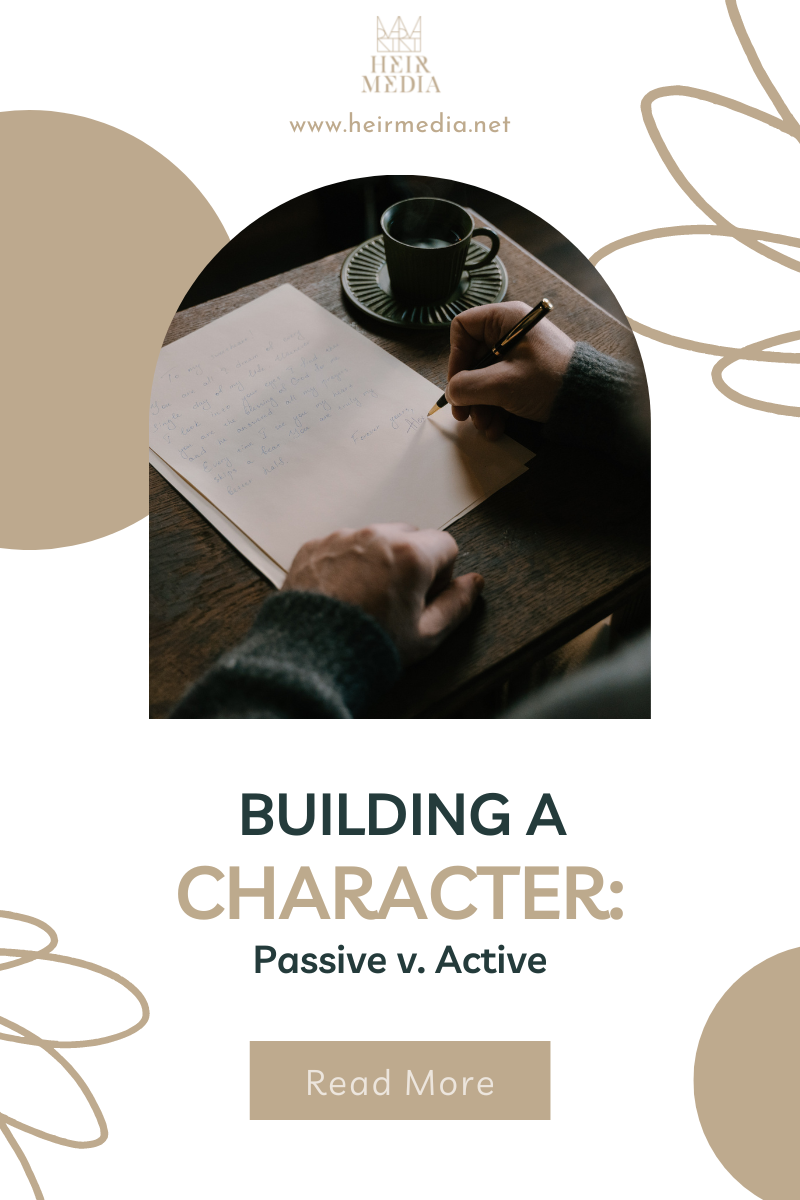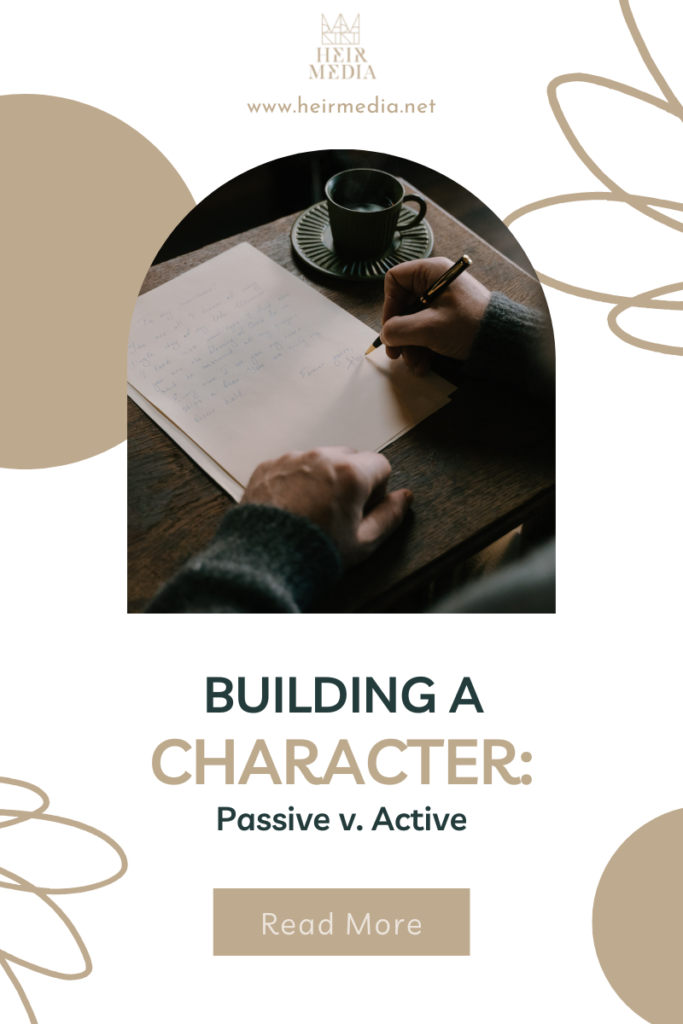Bridging the Gap: Creatives and Clients
Bridging the Gap: Creatives and Clients
Let’s be on honest, we all have heard potential clients say, “your packages are too expensive”, “do you have a discount?”, or “I can find someone who can do it cheaper.”
This can be frustrating especially for freelancers, start-ups, and small businesses because we have to make a profit in order to keep the lights on and food on our tables. However, clients (potential and actual) have the right to control where they spend their money just like anyone else.
And if we are completely honest, you probably could find someone to do it cheaper, but the question that clients really should be asking is, “if I choose to invest my money into your services or product, then can you guarantee that your work will reach my expectations?” And I mean reasonable expectations of course.
Portfolio
Early on, creatives will want to ensure that potential clients have seen at least one example of your previous works, so they can have realistic expectations for the project that they are hiring you for since we all know that there are clients that want Hollywood level quality for little to no budget.
This is why creatives need to build a quality portfolio, and why clients need to view them— because portfolios are the best way to gauge the quality or value that the creative will bring to each project. This also allows clients to know what look the creative generally gravitates towards and whether that look and feel is one that the client is interested in.
However, if you are just starting out, then your client may still have some questions, fears, or, in the worst case, ask for a discount.
So, how can you minimize a client’s questions, fears, and desire for a discount?
The Right Package For You
Let’s be honest, there is no one answer that I could give that would stop every potential client from questioning your pricing; but, through clear communication, you can reassure your client by setting clear expectations for what the project entails and what it doesn’t.
Every freelancer, start-up, and small business should have a list of packages that gives a rough outline of what each package entails, so potential clients can see if there is a package that works for their needs.
There will be clients that ask for audio, video, and photo coverage of an event or project, despite the package they paid for only including video. You need to ensure that they know that adding onto their chosen package will increase the price, as it may require more help (boom operator, photo editor, audio engineer, etc.), and it will undoubtedly require more time.
However, there will always be clients that want to pick-and-choose various parts of your different packages.
This should lead the creative to one question: “Should you allow custom packages?”
That’s a question you have to ask yourself: “Does this improve my brand?” and “Can I output consistent quality for each client, if they all asked for custom packages?”
Some of you will answer “yes,” while others will say, “no.” And that’s okay. All that matters is that you know your own limitations— whether based on ability, brand, reliable helpers, or something else.
There is a saying that I have been hearing a lot recently and that is, “Under promise, over deliver”.
Whether you are a freelancer, owner of a start-up, or small company president, these four words could be integral to your success (as you recognize that you do not have access to the same budget as a large company for each project that you are hired to create), but you will still reach and surpass expectations by giving clients more value than they expected— given the limitations.



